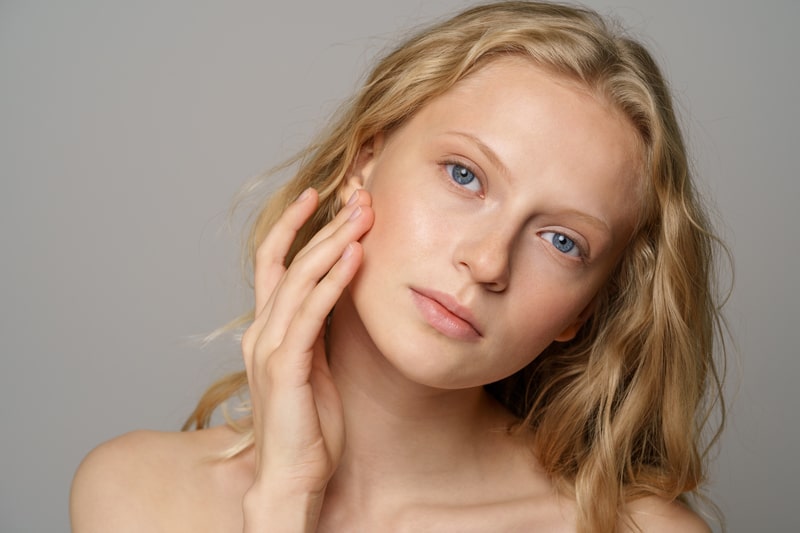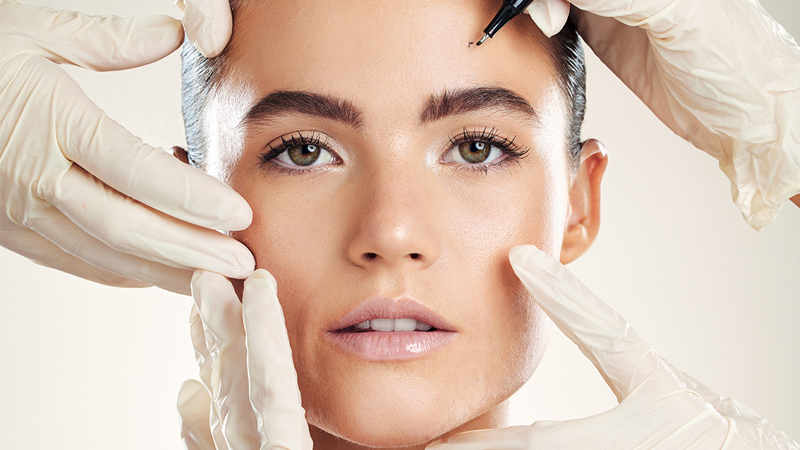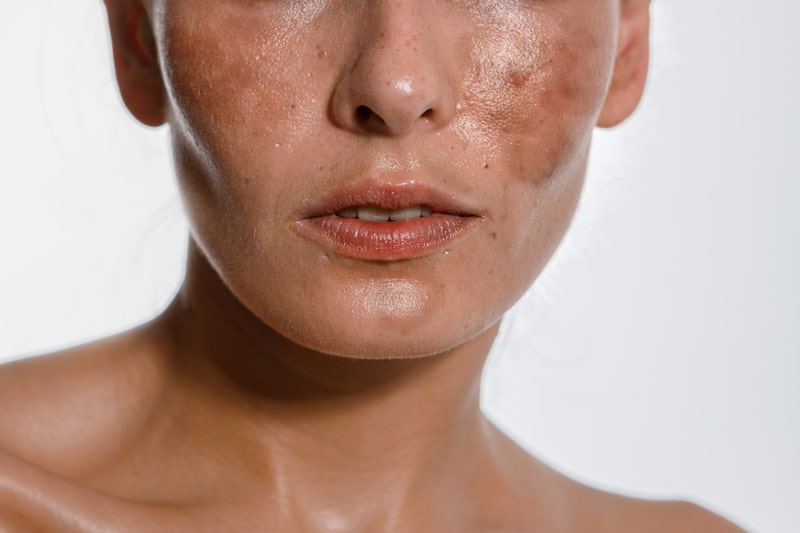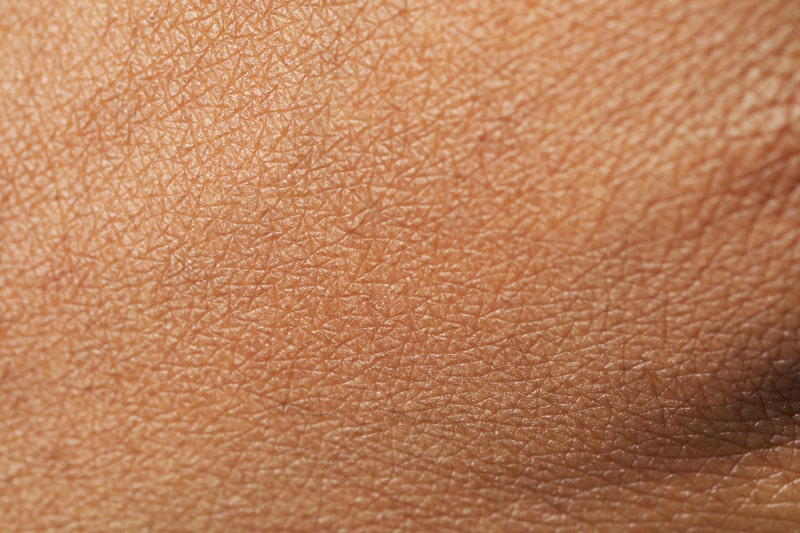Hair loss is not just a cosmetic issue, it’s a multifactorial condition that affects confidence, identity, and even emotional well-being. Whether caused by genetics, hormonal shifts, stress, or inflammation, alopecia continues to be one of the most frequent concerns expressed by both male and female clients. In professional aesthetic and wellness centers, demand for non-invasive and effective hair regrowth solutions has grown exponentially.
Today, cutting-edge technologies such as radiofrequency and electroporation offer a way forward, opening new possibilities in treating hair loss through advanced, safe, and well-tolerated methods.
What causes hair loss?
Understanding the root of the problem is the first step toward offering an effective solution. Hair loss may originate from one or more of the following causes:
- Androgenetic alopecia: Genetically determined, often hormonally mediated.
- Telogen effluvium: Hair falls out after stress, illness, or trauma.
- Inflammatory or vascular disorders: Affecting follicle oxygenation and nutrient delivery.
- Poor scalp hygiene or microcirculation.
- Stress and acute events: episodes of intense stress or serious illness can cause telogen effluvium, a temporary diffuse hair loss due to a massive shift of hairs into the resting phase.
- Genetic factors: androgenetic alopecia is hereditary and mediated by sex hormones (DHT), resulting in a typical pattern of baldness in men (vertex) and diffuse thinning in postmenopausal women.
- Environmental and aesthetic factors: pollutants (pollution), aggressive habits (tight hairstyles, braids or pulled ponytails), and frequent use of heat (blow dryers, straighteners) or harsh chemical products (dyes, bleaches) damage the scalp and can lead to traction alopecia or hair fragility. In particular, chronic mechanical tension (e.g., tight ponytails, extensions) initially causes traction alopecia, which can become permanent if not addressed in time.
Common types of alopecia
Clinically, alopecia is classified based on the pattern of hair loss and the presence of scarring:
- Scarring alopecias: these irreversibly destroy the follicular unit, replacing the follicle with fibrotic tissue. They are rare but severe (e.g., lichen planopilaris, lupus, folliculitis decalvans), and the hair does not grow back.
- Non-scarring alopecias: these are potentially reversible if treated in time. Among the most common are:
- Alopecia areata: round patches of baldness caused by an autoimmune response against the hair follicle. It is usually asymptomatic and painless, with clearly defined areas of hair loss.
- Telogen effluvium: diffuse hair loss due to a sudden change in the hair cycle (massive entry into the telogen resting phase). Common after stress, postpartum, or nutritional deficiencies; it causes generalized thinning without defined areas.
- Androgenetic alopecia: the most common form; linked to genes and androgens (DHT) that progressively shorten the hair’s growth phase (anagen). In men, it causes vertex baldness, and in women, it usually presents as diffuse frontal thinning.
- Other non-scarring types: anagen effluvium (due to chemotherapy, sudden loss of hairs in the growth phase) and traction alopecia (localized loss in areas of mechanical tension).
Early diagnosis of each type is key to guiding appropriate treatment and preventing progression.
Professional diagnosis of alopecia
The diagnosis of alopecia is based on a comprehensive evaluation. It begins with the medical history (family history, medications, stress, hair care habits) and a physical examination of the scalp. Complementary tests include:
- Blood tests: to detect underlying causes. Serum iron and ferritin are usually measured (especially in fertile women), thyroid hormones, sex hormones (testosterone, DHEA in women with virilization), and vitamin D depending on clinical suspicion. For example, low ferritin levels are associated with diffuse hair loss.
- Hair pull test: the doctor gently pulls on several strands (30–40 hairs). Normally, very few hairs come out (≤3). If more than 4–6 hairs fall with each pull, it suggests active telogen effluvium.
- Trichoscopy or scalp dermoscopy: a non-invasive technique that allows hair examination under magnification. It helps differentiate types of alopecia (for example, black or yellow dots in alopecia areata, follicular miniaturization in androgenetic alopecia).
- Scalp biopsy: indicated in doubtful cases or to confirm scarring alopecias. It is performed with a 4 mm punch (sectioned horizontally), which allows distinguishing lesions with fibrotic replacement (scarring) from non-scarring ones.
- Other examinations: cultures if infection is suspected, trichogram or hair count (daily hair recording) to quantify chronic hair loss, and in some centers, specialized imaging tests.
Available aesthetic treatments
The therapeutic approach combines topical or systemic treatments with aesthetic techniques. In all cases, it is advisable to first correct triggering causes (e.g., iron or thyroid deficiency). Among the most commonly used options are:
- Topical and pharmacological treatments: these pharmacological treatments are often combined with cosmetic supplements (e.g., shampoos with caffeine, ketoconazole, or peptides) that improve scalp circulation and health.
- Topical minoxidil is a vasodilator that prolongs the growth phase and increases follicular diameter. It is applied daily (1 mL, twice a day, typically 2% in women and 5% in men). Continuous use for at least 6 months is required to see results.
- Oral finasteride (1 mg/day) inhibits 5-alpha-reductase by blocking DHT, stopping hair loss and stimulating growth in male androgenetic alopecia.
- In women of childbearing age, spironolactone (an antiandrogenic hormonal modulator) is preferred for the female pattern.
- In postmenopausal women, finasteride (off-label) or topical antiandrogens may be considered.
- Mesotherapy and electroporation: scalp mesotherapy consists of local microinjections of active ingredients (vitamins, amino acids, minerals, even minoxidil or growth factors) directly into the dermis of the scalp. Alternatively, the needle-free version uses electroporation to introduce drugs through the skin. It applies brief electrical pulses (0.5–1.5 V) that create transient “electropores” in the cell membrane, increasing its permeability and facilitating the passage of large molecules. In clinical practice, mesotherapy with 5% minoxidil has shown moderate improvements (sometimes with frontal edema), while injections of platelet-rich plasma (PRP) have achieved more sustained results in androgenetic alopecia.
- Laser therapy and photobiomodulation (LED): low-level light therapy uses light in the 630–808 nm range (red/infrared laser or red LED) to stimulate hair growth. Scientific studies show that red light devices (630–655 nm) significantly increase hair density and thickness in androgenetic alopecia. For example, a study with a 655 nm laser cap (20 minutes, 3 times per week) for 24 weeks recorded marked improvements in hair density compared to placebo. Red light increases circulation, promotes follicular regeneration, and has anti-inflammatory effects on the scalp. This therapy is non-invasive and is often used as a complementary treatment between mesotherapy sessions or after aggressive treatments.
- Scalp radiofrequency: this treatment applies electromagnetic waves (e.g., monopolar systems at approximately 448 kHz) to the scalp, raising the temperature and improving blood circulation and local oxygenation. Radiofrequency reactivates inactive follicles, strengthening and revitalizing existing hair.
Active ingredients and supplements
In the comprehensive approach, various active ingredients are used that act on the follicle:
- Minoxidil: as mentioned earlier, it prolongs the anagen phase. It is available in liquid formulations, foams, or shampoo.
- Finasteride and antiandrogens: oral finasteride (1 mg/day) and its analog dutasteride inhibit DHT. In women, spironolactone (and in some cases specific oral contraceptives) reduce androgenic activity.
- Bioactive peptides: copper peptides (e.g., GHK-Cu) and other biomimetic peptides act as growth factors and promote cell regeneration. They are usually included in topical serums to stimulate the hair bulb.
- Growth factors: PRP contains factors (PDGF, VEGF, FGF, TGF-β) that revitalize the follicle. Injecting PRP into the scalp enhances the anagen phase and improves hair quality. Topical or mesotherapy formulations also use factors derived from fibroblasts or stem cells to stimulate growth.
- Vitamins and amino acids: Biotin (vitamin B7) is popular in nutricosmetics. It is essential for keratin but only benefits hair in cases of proven deficiency. Other B vitamins (niacin, B5, B6) and vitamin D (which has receptors in the follicle) are supplemented in cases of deficiency. Minerals such as iron, zinc, selenium, and sulfur-containing amino acids (cystine, taurine) are also key for follicular growth.
- Botanical extracts: Serenoa repens (saw palmetto) and Pygeum africanum may moderate androgen action in the follicle, providing some improvement in androgenetic alopecia. However, their efficacy is lower than that of classic antiandrogen drugs. Other extracts (topical caffeine, plant peptides, aloe vera) are used in cosmetics, although with limited evidence.
Home cosmetics and nutricosmetics
Home care and supplementation also play a supportive role:
- Home hair care: the regular use of specialized hair products (shampoos, lotions, serums) with active ingredients can improve scalp health. For example, shampoos with ketoconazole, caffeine, niacinamide, or peptides help stimulate local circulation. Topical lotions with minoxidil, methyl nicotinate, or other vasodilators are applied as maintenance treatment. It is important to choose gentle products (appropriate pH, free of harsh sulfates) to avoid irritation.
- Nutricosmetics: these are oral supplements that can support the process. They should be prescribed according to individual needs, as clear benefits are only seen in cases of actual deficiency. In any case, a balanced diet is essential: plenty of fruits, vegetables, legumes, nuts, and lean proteins, prioritizing fatty fish (omega-3) and limiting ultra-processed foods, alcohol, and refined sugars. Adequate intake of iron (red meats, legumes) and zinc (shellfish, seeds) is critical. Communication with the patient is key: many nutricosmetics do not require strict evidence of efficacy, so it is advisable to recommend supported and necessary supplements, avoiding unfounded promises.
Maintenance and prevention
Beyond active treatment, it is crucial to maintain habits that support hair health over time:
- Healthy habits: maintain the mentioned balanced diet (rich in nutrients and low in processed foods). Avoid smoking and moderate alcohol consumption, as they affect microcirculation. Manage stress (regular exercise, sufficient rest) to prevent telogen effluvium.
- Hair care: avoid excessive traction or heat. Avoid very tight hairstyles, heavy extensions, or frequent use of hairdryers/straighteners. Suggest loose styles and gentle brushing. Also, alternate products (do not always use the same active ingredients) to prevent irritation.
- Periodic follow-up: check-ups every few months with the specialist allow therapy adjustments (e.g., changing minoxidil concentrations) and detecting relapses. In women, annual monitoring of hemoglobin, ferritin, and hormones (TSH, androgens) is advisable.
- Treatment continuity: most therapies require consistency. For example, minoxidil must be used indefinitely to maintain results. Stopping it causes hair loss to return. Likewise, it is important to complete mesotherapy, laser, or radiofrequency sessions according to the established schedule.
- Prevention: in individuals with a high genetic risk (family members with androgenetic alopecia), early initiation of measures (minoxidil, supportive nutricosmetics) can delay onset. Scalp sun protection and avoiding frequent mechanical trauma are additional recommendations.
By applying this comprehensive approach, combining medical and aesthetic treatments, specific actives, and lifestyle changes, optimal management of hair loss is achieved. The ultimate goal is to stop or reverse hair loss, improve the density of existing hair, and optimize scalp health, always with professional monitoring to tailor therapies to each case.






